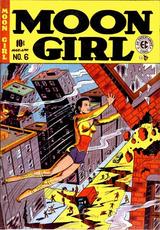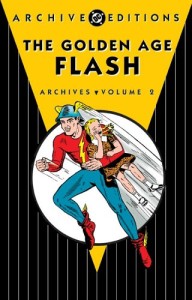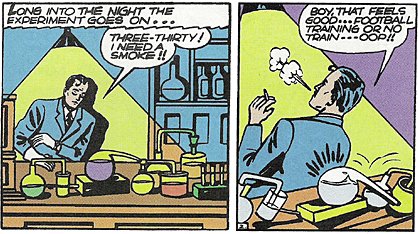Two of my fan interests sort of intersected* with a pair of articles I wrote last night, as I found myself looking at the Flash and Les Misérables in the late 1930s/early 1940s.
I review Orson Welles’ Les Misérables radio play over at Re-Reading Les Mis. Last weekend I stumbled on a cassette recording of the 1937 series, but since I don’t have anything portable to play cassettes on anymore, I went looking online, found it at the Internet Archive’s Old Time Radio collection, and listened to it on the way to and from work for several days. (I wish I hadn’t already used the Cassette…now I remember pun.)
A 1943 Flash comic book features Jay Garrick playing every role at once in a stage play, quick-change style, when the entire cast is quarantined for a measles outbreak. I’d recently updated the scans on an old post on the one-man team trope. The Disneyland outbreak made me think of the story, and I’ve posted a few scans at Speed Force.
*They’ve been intersecting all week, actually, since the actor playing Pied Piper on the Flash TV show is playing Marius on Broadway right now, and has been posting Les Mis-related stuff.






